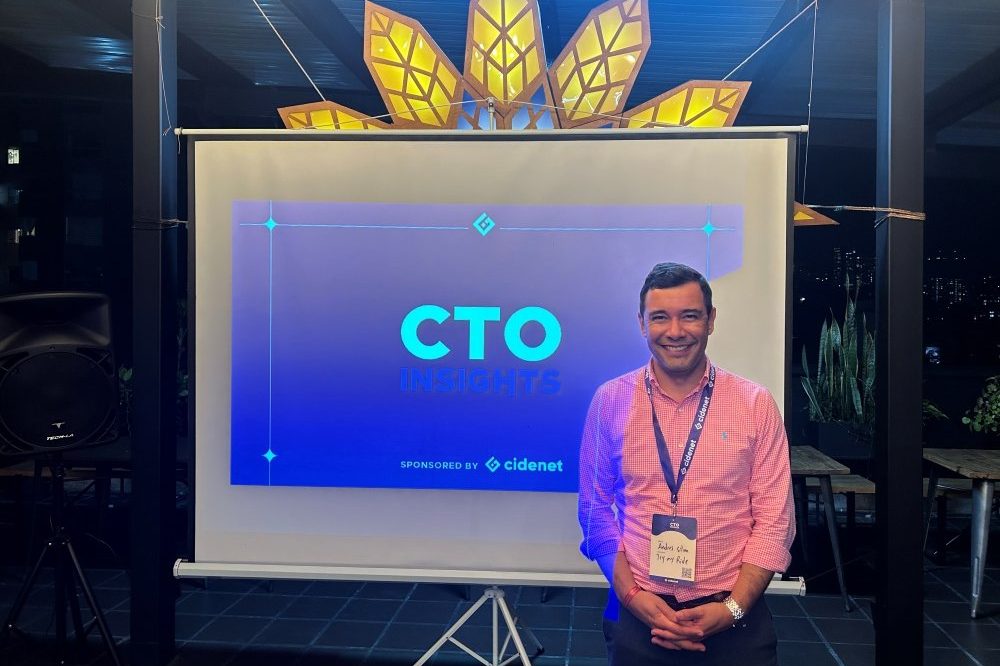At the CTO Insights Medellín event, Andrés Silva, CEO of Try My Rideshared his vision on how urban mobility can become a driver of sustainability, equity and quality of life in Latin America. During his talk, he highlighted the profound challenges faced by cities in the region, such as time lost in traffic, high transportation costs for low-income people, and the environmental impact derived from CO₂ emissions. Silva noted that these problems not only affect people directly, but also limit the development of more inclusive and sustainable communities.
A Fragmented Ecosystem: Current Challenges
The figures presented by Silva are alarming. In cities such as Bogota, inhabitants lose more than 500 hours per year The number of people trapped in commuting, which is equivalent to more than 20 full days. At the same time, low-income earners spend as much as 30% of your salary to transportation, while those with middle or high incomes spend only 3%. This scenario also has a significant impact on the environment: the 60% of CO₂ emissions. emissions come from urban mobility, where 80% of vehicles carry only one person.
In addition, the social context is worrisome. According to Silva, the 93% of reported cases of harassment on public transport affect women, highlighting the urgent need for safer alternatives. This fragmented and unequal scenario calls for integrative solutions that are not only technological, but also respond to the real needs of individuals and communities.
Innovation at the Service of Mobility
The proposal of Try My Ride seeks to address these challenges through a technology platform that combines means of transportation such as carpooling, bicycles and electric scooters in an integrated ecosystem. Silva explained that the platform is designed to connect people and foster communities of trust within companies and organizations. This model not only promotes sustainability, but also values such as collaboration and empathy, fundamental pillars for transforming urban mobility.
Technology is at the core of this solution. Through machine learning algorithms, the platform analyzes real-time data to identify travel patterns and optimize matches between users. This ensures that each trip is efficient and safe, maximizing the use of existing resources. In addition, the platform offers personalized incentives that motivate users to actively participate, making mobility a positive and sustainable experience.
Silva also noted that this approach allows companies to reduce costs associated with the transportation of their employees, while reinforcing their commitment to the Sustainable Development Goals (SDGs). By offering solutions that integrate technology and sustainability, Try My Ride is positioned as an innovative and scalable model for Latin American cities.
Transformational Impacts
The results achieved so far are a testament to the potential of this model. In environmental terms, the platform has managed to avoid over 32,000 tons of CO₂. per year through practices such as carpooling and the use of alternative transportation. This impact not only contributes to mitigating climate change, but also improves air quality in cities.
On the economic front, Silva noted that low-income people have collectively saved over 600,000 per year by optimizing their transportation options. These savings have a direct impact on their quality of life, allowing them to allocate resources to other fundamental needs.
Socially, the perception of security has improved significantly, especially among women, who represent the majority of the population. 65% of carpooling passengers. The 99% of them stated that they felt more secure The use of this service is a crucial step forward in the promotion of equity and protection in urban travel.
Challenges to Scaling the Solution
Despite the achievements, Silva acknowledged that the road to more sustainable mobility faces significant obstacles. One of the biggest challenges is changing the cultural perception about sharing resources. Many people still resist the idea of opening their vehicles to strangers, while other users doubt the reliability and safety of the model.
In addition, convincing companies to prioritize budgets for these initiatives is a constant challenge. Silva explained that it is essential to demonstrate that these types of solutions are not simply a "nice to have", but a strategic tool that improves the well-being of employees, strengthens their employer brand and advances their sustainability goals.
Towards a Collaborative and Sustainable Future
Silva concluded his talk by emphasizing that the future of urban mobility depends on collaboration between communities, businesses and technology. The experience of Try My Ride demonstrates that it is possible to transform current challenges into opportunities to build more equitable and sustainable cities.
To achieve this goal, it will be crucial to scale this proposal to a regional level, adapting it to the specific needs of each city. With the right combination of technological innovation, effective incentives and the commitment of all stakeholders, urban mobility can become a driver of positive change. This model not only promises to improve the quality of life for millions of people, but also to significantly reduce the environmental footprint of our cities, paving the way for a more collaborative, safe and sustainable future.
